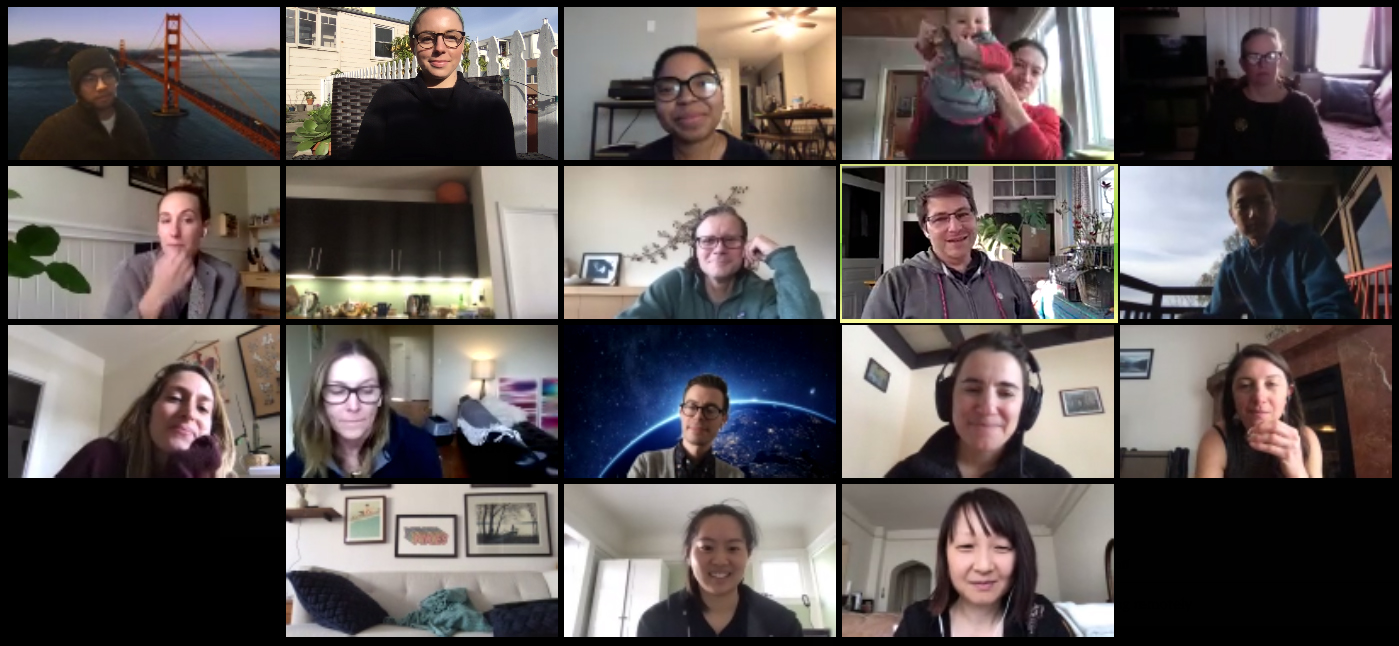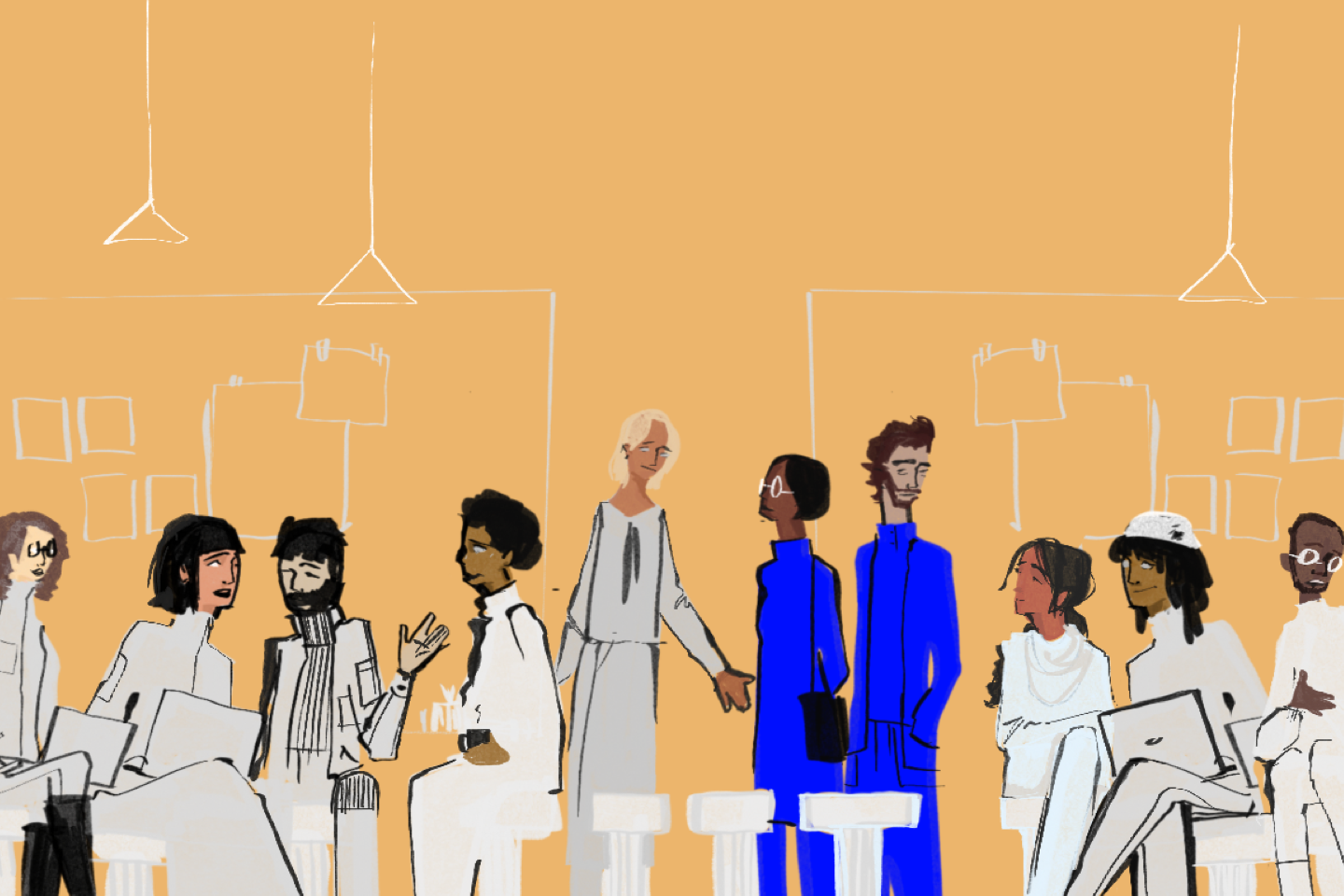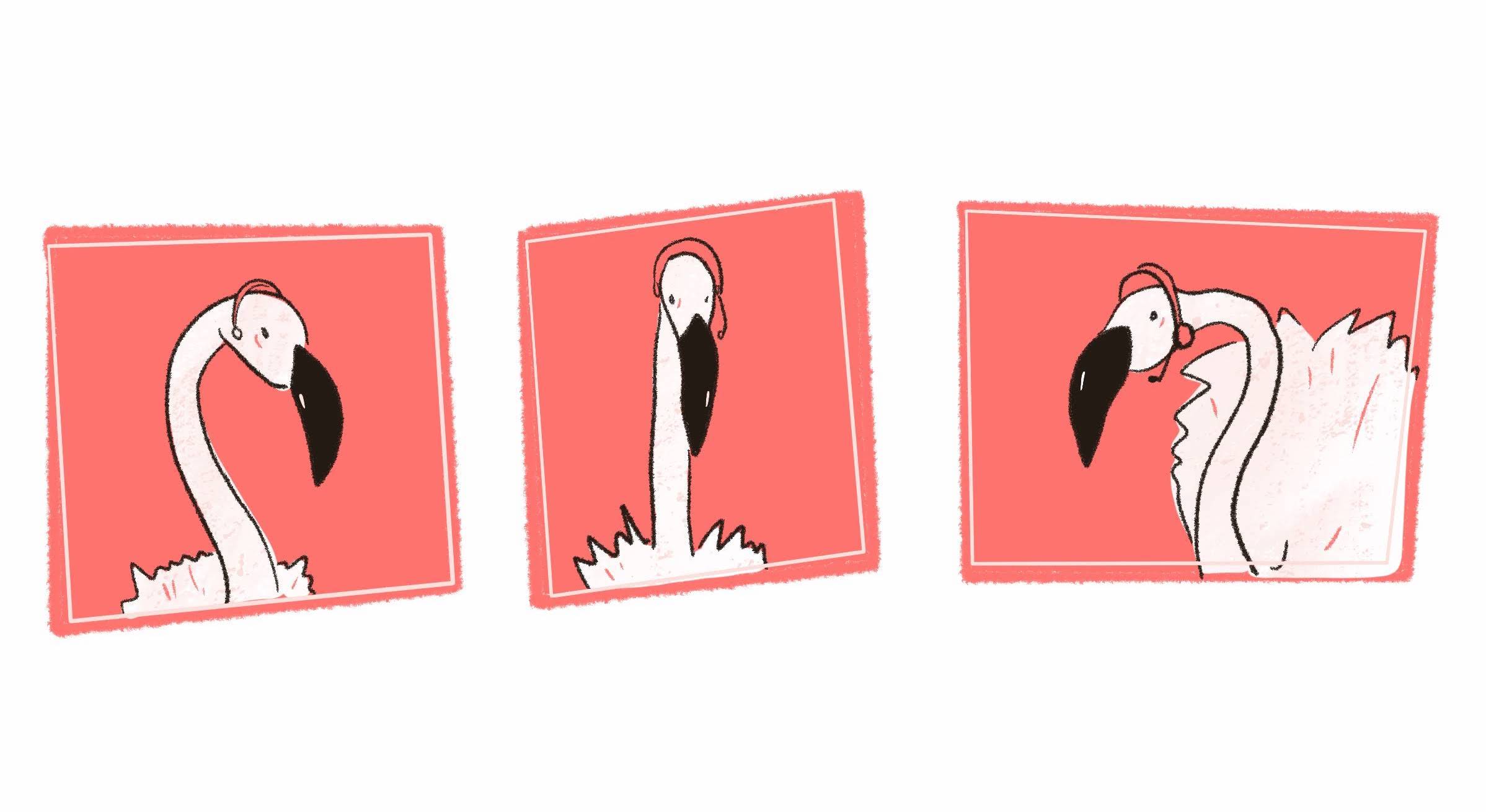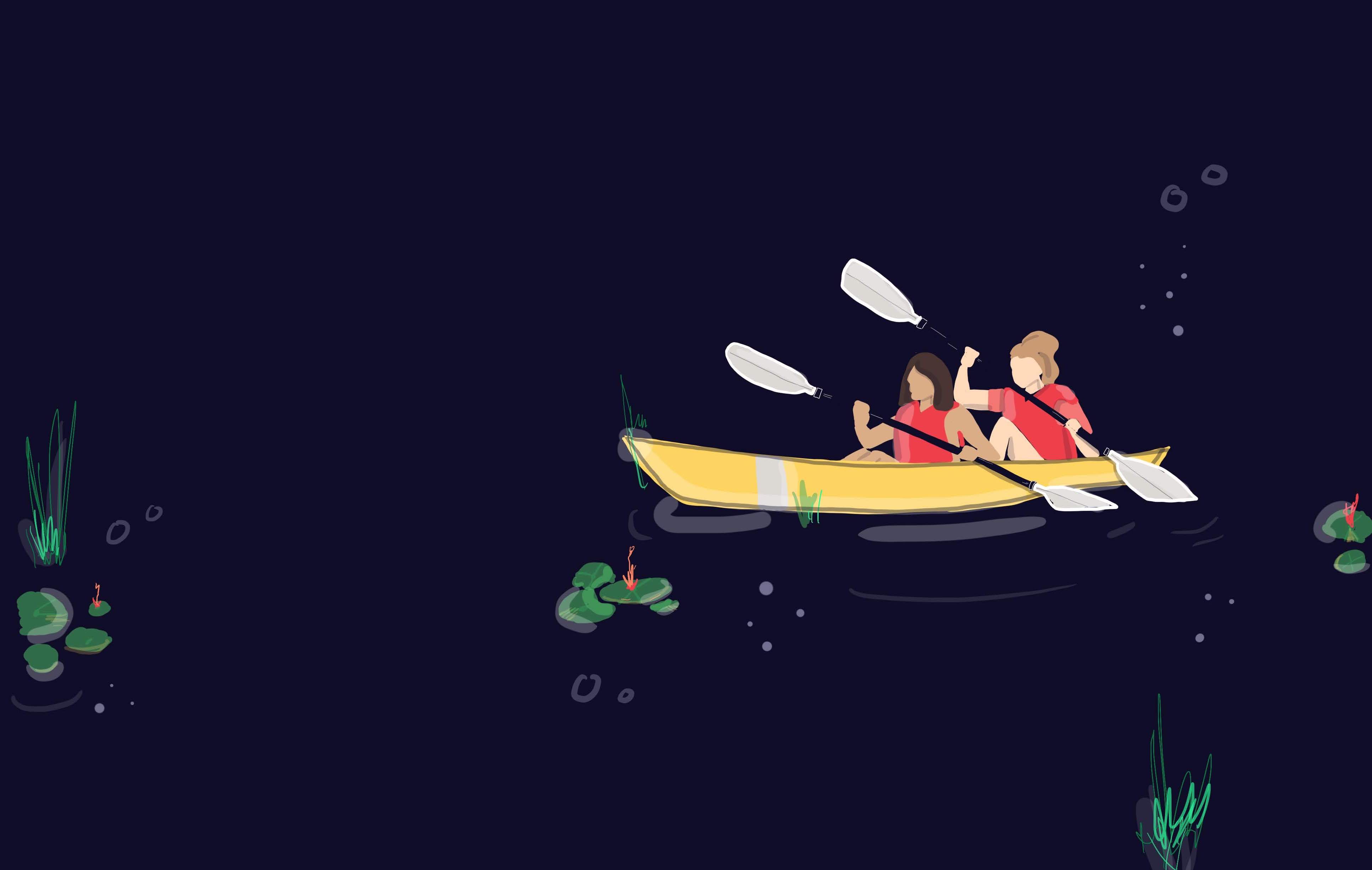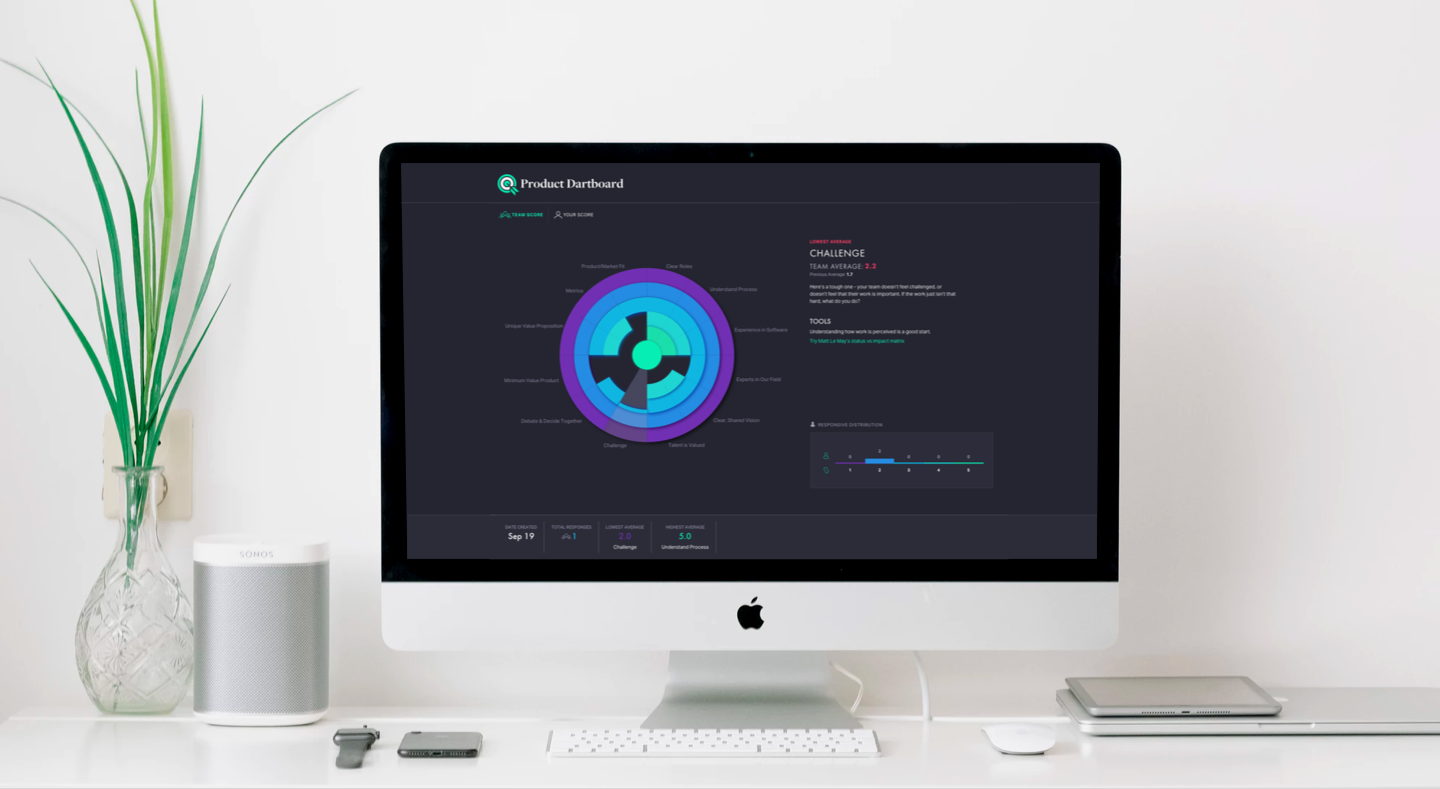Articles on Process
Recap: Running Remote Product Teams Fireside Chat
Carbon Five has worked with a variety of clients across the globe and within our own five offices that require remote collaboration while maintaining a sense of camaraderie and team cohesion. With a lot of teams transitioning to remote workforces, we opened up the conversation to share some of our best practices. We would love …
What Are These $%^&* Chores Doing in My Backlog!
Beyond Just Features and Bugs Projects tend to have three types of “tasks” for developers to do: features, bugs, and chores. Features and bugs are mostly self-explanatory. Features deliver direct customer value. Bugs are features that are not working as intended. These two tasks focus on direct connections to the users. Chores provide indirect customer …
Working with Guests: Seven Tips for Getting your Company Ready to Leverage External Firepower
Companies have been successfully partnering with consultants since the dawn of time. Think IDEO’s work with Apple to create the mouse or Microsoft’s work with IBM to create MS-DOS. Our nation’s competitive strength comes, in large part, from this openness to collaborate, to learn from each other, to move quicker, and to leverage outside strengths, …
Changes Requested: The Advantages and Pitfalls of Blocking a Pull Request
Each team has their own tolerance for what is and is not a reason to request changes on a PR and block it from being merged. This may be rooted in process, fairness, and expediency, and may be a company or team decision. Whatever your personal philosophy may be, the team as a whole and …
How to Make Your Daily Stand-up Outstanding
Where else can you learn what your coworkers are doing, get your work unblocked, and get energized, all in 10 action-packed minutes?
Map vs. Path: What’s the Difference?
It’s a simple idea that can help your digital product take shape; when a user enters your system, do you hand them a map or a path? What’s the difference? Great question, and in this case, the metaphor is pretty literal.
Experiment-Driven Design Process
So you want to grow your product? That’s super awesome. Growth is often a goal that startups rush towards. “We need 100,000 monthly active users yesterday.” – random startup person Growth can mean a lot of things. Maybe you’re trying to grow the number of users, or increase time spent using your product. Whatever it …
How to Facilitate an Effective Retro
Does your product development team do a weekly retrospective? At Carbon Five, we think it’s the most important meeting of the week. Here are some tactical suggestions for facilitating a retro, so your team understands their challenges, celebrates their successes, and comes away with an actionable to-do list.
Pairing Retro
Back at my first job in tech, we paired 95% of the time. Many people were new to pairing. As it was my first job, I was relatively one of the more junior people on the team, which is an especially difficult position to be in for pairing. It was an incredibly intense experience for …
Happy Teams Build Great Products. Here’s How.
Ever feel like your product team is not working to its full potential? Here at Carbon Five, we’ve worked with hundreds of product teams, and we wondered what differentiated strong teams from struggling teams. Our curiosity drove us to create the Product Dartboard, a digital tool that helps teams identify their strengths, challenges, and blind …
